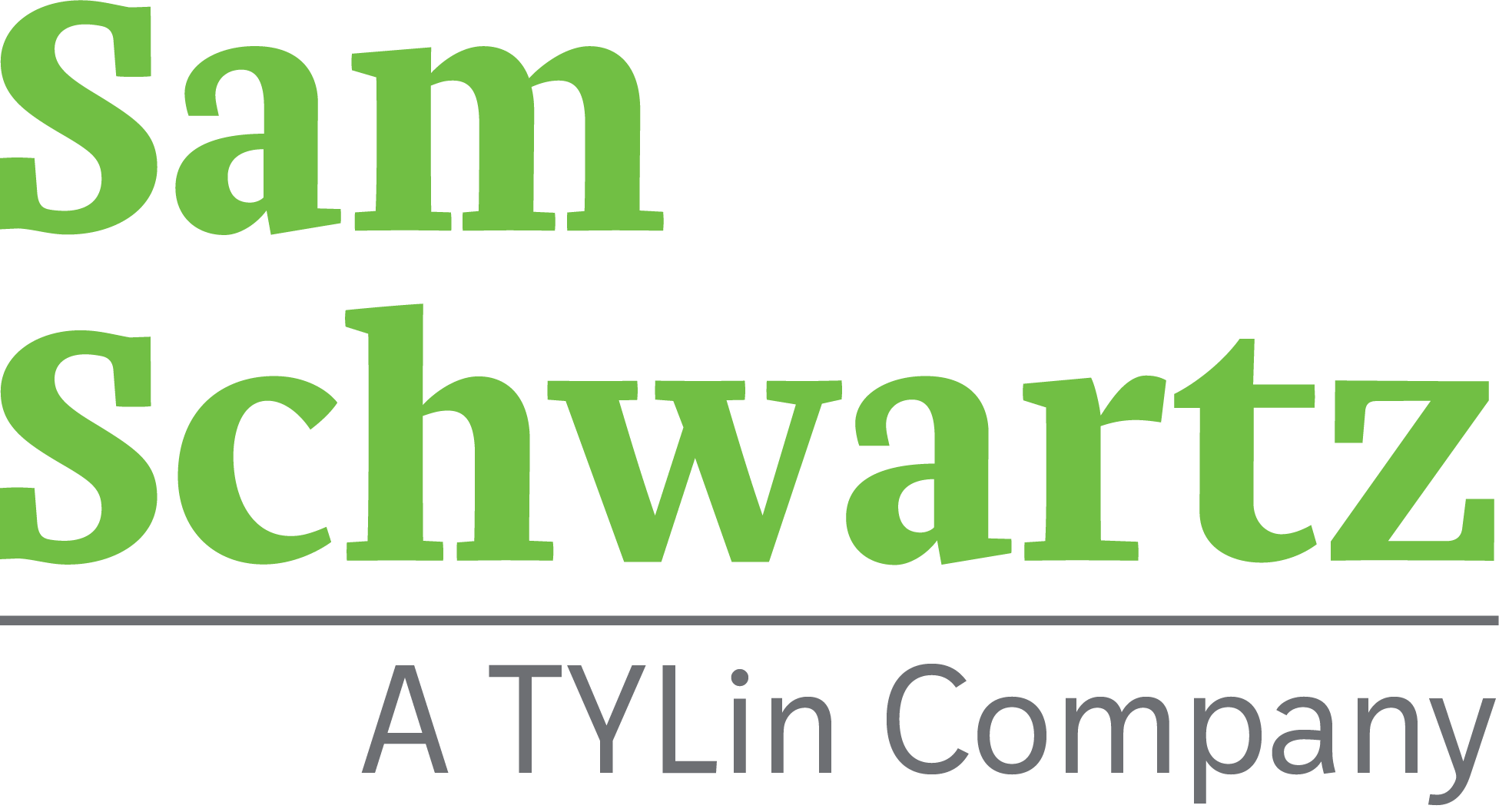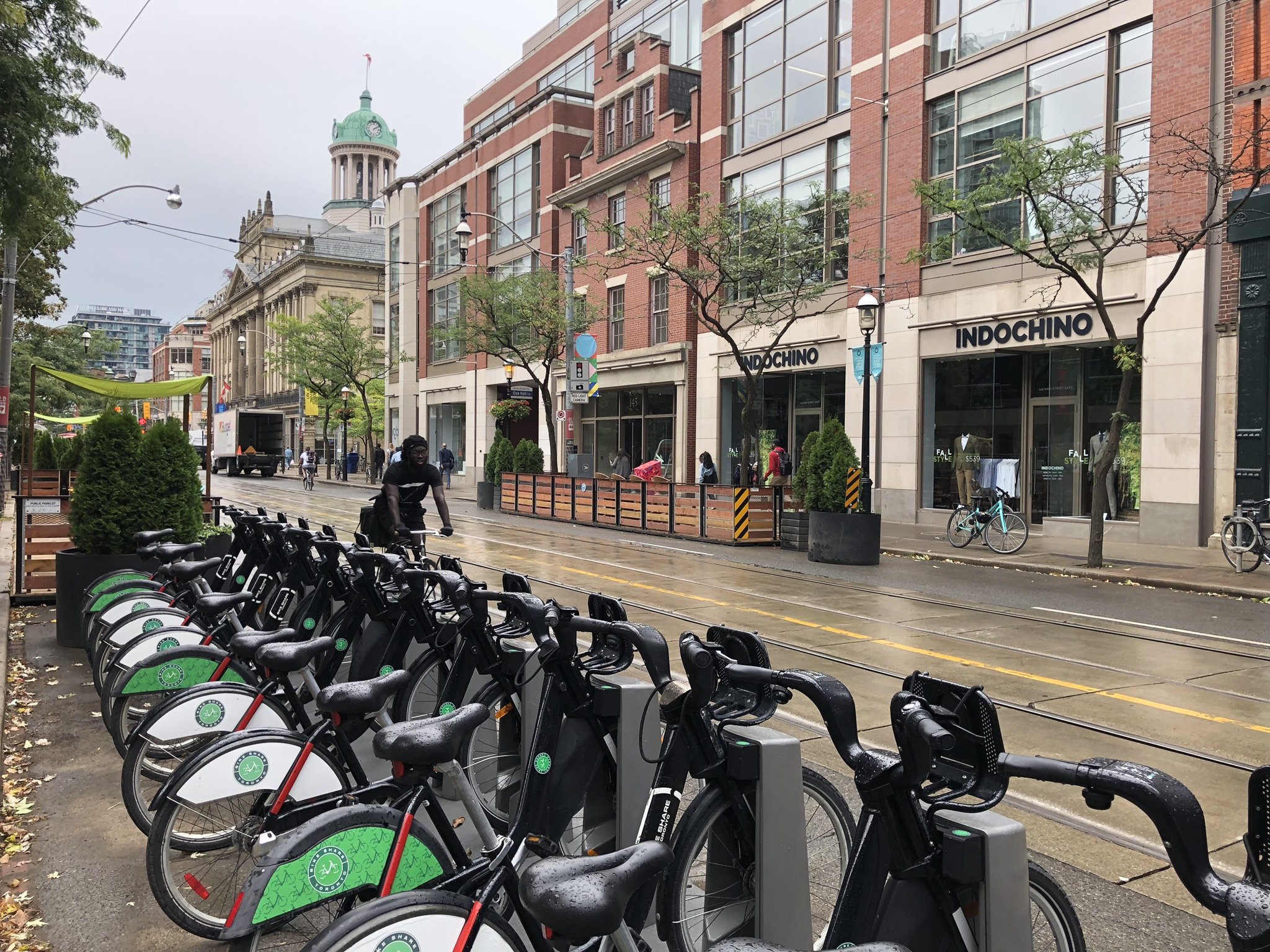Optimized Organizations, Enhanced Project Delivery: Steps to Success
By Alex Hanson, Senior Associate
Cities’ transportation priorities and goals evolved rapidly over the previous decade and, even more so, over the last three years. As city leaders have recognized transportation’s essential role as a tool to combat climate change, provide equitable access to opportunities, and build safe, healthy communities, many cities have found themselves trying to deliver on new priorities and goals using the same structure, processes, and systems that have been in place for years.
Under the Bipartisan Infrastructure Law (BIL), new and modified grant opportunities like the Carbon Reduction Program, Strengthening Mobility and Revolutionizing Transportation (SMART), and Safe Streets and Roads for All (SS4A) have transformed the transportation funding landscape—providing an unprecedented opportunity for cities to accelerate progress towards their transportation goals. Ensuring that agencies are organized to identify impactful projects and programs, win funding, properly administer grants, and efficiently deliver are critical if we are to collectively maximize the impact of this windfall of funding.
Research suggests, though, that this may not be the case. In a 2019 survey of National Association of City Transportation Officials (NACTO) member cities, more than a quarter felt that structural issues within their organization created barriers to their desired mobility outcomes. This critical, but underexamined, challenge is the focus of Structured for Success, NACTO’s new guide (supported by Sam Schwartz) to optimizing agency structure, internal processes, and leadership for better project delivery.
Every city is different. However, in speaking with city transportation leaders and staff around the country, three keys to success emerged:
Most or all responsibility for transportation rests within a single agency. In Jersey City, for example, consolidating the various divisions responsible for planning, design, and delivery of street and public space improvements has improved collaboration and allowed the City to rapidly deploy transformative quick-build projects on several major corridors.
Transportation has a champion in a leader with decision-making authority and/or a direct reporting line to the mayor. Since 2015, Boston’s Chief of Streets, Transportation, and Sanitation, responsible for the Departments of Transportation and Public Works, had helped to avoid duplication of efforts and increase coordination between the departments.
The transportation agency has transparent internal processes and effective lines of communication and coordination. In Honolulu, staff across four departments mapped out cross-departmental relationships and the city’s overall implementation pathways, establishing an in-depth understanding of the project delivery chain. As a result, the City was able to take a bus lane project on a major corridor from planning to implementation within 10 months.
When these keys are in place, agencies are better positioned to create the conditions for better project delivery. These conditions include:
Goals: The agency’s priorities are aligned with citywide goals. These priorities are implemented through processes and work plans that are specific, time-bound, and measurable.
Funding: Agency finances are recurrent and predictable, providing a level of stability that allows staff to focus on transportation priorities.
Coordination: City staff work effectively and in alignment with citywide priorities across teams, divisions, and agencies.
Evaluation: Agency goals are tracked on the basis of time-bound, specific metrics. Projects and processes are adjusted in response to performance data.
Staff: The agency’s team encompasses a diversity of perspectives and experiences. Resources and processes support an equitable, inclusive workplace, including in hiring, retention, and professional development opportunities.
Engagement: The agency engages thoughtfully and proactively on plans, projects, and policies, both internally and externally.
In-house Support: The agency has communications, procurement, and HR staff who are invested in the agency’s priorities and can execute on them within their area of expertise, freeing up planning and engineering capacity for project development and deployment.
Rapid Response: The agency has the capacity to implement and iterate quick-build projects, allowing it to respond effectively to fast-changing situations.
The effective implementation of transportation projects is essential to meeting our interlinked climate, economic, safety, equity, and health challenges. When city agencies align internal conditions and desired outcomes, they are more likely to deliver projects on time and on budget, to scale outputs to meet the need, and to solve issues early and quickly. We hope Structured for Success will serve as a catalyst for organizational transformations that support more sustainable, efficient, and just mobility systems and built environments.



